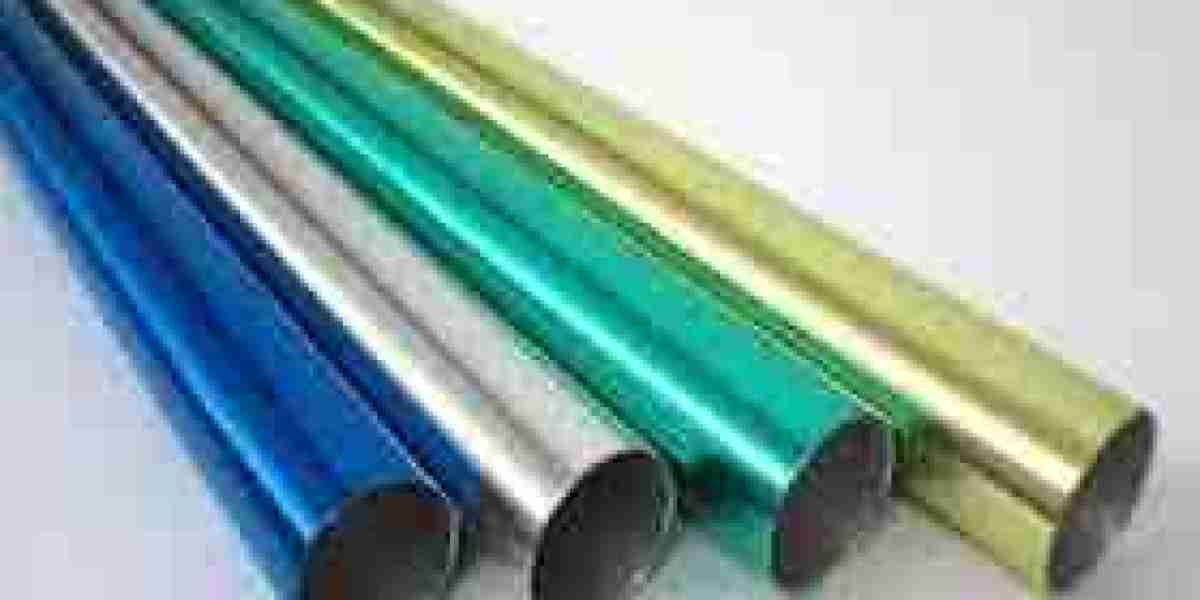The global metal packaging coatings market is undergoing a transformative shift, propelled by increasing health concerns, stringent environmental regulations, and a growing consumer demand for safer and more sustainable packaging solutions. Central to this evolution is the move away from traditional Bisphenol A (BPA)-based and solvent-based coatings towards BPA-free and solvent-free alternatives. This transition is not only reshaping industry practices but also unlocking new avenues for innovation and market expansion.
Health and Regulatory Drivers
BPA, a chemical commonly used in epoxy resins for metal can linings, has been under scrutiny due to its potential health risks, particularly its endocrine-disrupting properties. In response, regulatory bodies worldwide have implemented measures to limit or ban its use in food and beverage packaging.
In December 2023, the European Commission confirmed an effective ban on BPA in food-contact materials, including metal cans, with the regulation set to take effect from July 2026. This move aligns with the EU's broader commitment to environmental sustainability and consumer safety .
Similarly, in the United States, California's Proposition 65 lists BPA as a chemical known to cause reproductive harm, prompting manufacturers to seek safer alternatives . These regulatory pressures are compelling the industry to innovate and adopt BPA-free solutions.
Emergence of BPA-Free Coatings
The demand for BPA-free coatings has led to the development of BPANI (BPA Non-Intent) coatings, which are formulated without the intentional use of BPA. These alternatives aim to provide the same protective qualities as traditional coatings while eliminating health concerns.
The global BPANI-based metal packaging coatings market was valued at USD 4.16 billion in 2023 and is projected to reach USD 5.47 billion by 2030, growing at a CAGR of 4% . This growth is driven by consumer demand for safer packaging, regulatory mandates, and the food and beverage industry's need for reliable, non-toxic coatings.
Shift Towards Solvent-Free Solutions
Traditional solvent-based coatings release volatile organic compounds (VOCs), contributing to air pollution and posing health risks. In response, manufacturers are transitioning to solvent-free alternatives, such as water-based and UV-curable coatings, which offer environmental benefits without compromising performance.
Europe leads in adopting these advanced coatings, with over 60% of metal packaging utilizing water-based or UV-cured options . This shift is supported by stringent environmental regulations and a strong emphasis on sustainability.
In North America, companies like Sherwin-Williams and PPG Industries have developed low-VOC, BPA-free coatings for various applications, including beverage cans and aerosol containers . These innovations align with consumer preferences for eco-friendly products and regulatory requirements.
Technological Innovations and Industry Response
The transition to BPA-free and solvent-free coatings has spurred significant research and development efforts. Manufacturers are investing in new technologies to ensure that alternative coatings meet or exceed the performance of traditional options.
For instance, AkzoNobel announced a EUR 32 million investment in a new facility dedicated to producing bisphenol-free coatings for the metal packaging industry in the EMEA region . This facility aims to meet the growing demand for safer and more sustainable coatings.
Similarly, companies are exploring bio-based and plant-derived resins to develop coatings that are both effective and environmentally friendly. These innovations not only address health and environmental concerns but also offer opportunities for differentiation in a competitive market.
Regional Market Dynamics
The adoption of BPA-free and solvent-free coatings varies across regions, influenced by regulatory frameworks, consumer awareness, and industrial capabilities.
Europe: With stringent regulations and a strong focus on sustainability, Europe is at the forefront of adopting advanced coating technologies. The EU's ban on BPA in food-contact materials and emphasis on reducing VOC emissions have accelerated the shift towards safer alternatives .
North America: The U.S. and Canada are witnessing increased demand for BPA-free coatings, driven by consumer health concerns and regulatory measures like California's Proposition 65. Manufacturers are responding with innovative solutions to meet these demands .
Asia-Pacific: Rapid urbanization, growing middle-class populations, and rising awareness of food safety are propelling the demand for advanced packaging solutions. Countries like China and India are investing in sustainable manufacturing practices, including the adoption of eco-friendly coatings .
Challenges and Considerations
While the shift towards BPA-free and solvent-free coatings presents numerous opportunities, it also poses challenges:
Cost Implications: Developing and implementing new coating technologies can be expensive, potentially leading to higher product costs.
Performance Validation: Ensuring that alternative coatings match the durability, corrosion resistance, and shelf-life extension of traditional options requires rigorous testing and validation.
Supply Chain Adjustments: Transitioning to new materials may necessitate changes in supply chains, including sourcing of raw materials and adjustments in manufacturing processes.
Future Outlook
The metal packaging coatings market is poised for continued growth, underpinned by the global shift towards safer and more sustainable packaging solutions. As regulatory pressures mount and consumer preferences evolve, the demand for BPA-free and solvent-free coatings will likely accelerate. Manufacturers that invest in innovation, adapt to changing regulations, and prioritize sustainability will be well-positioned to capitalize on emerging opportunities in this dynamic market.




